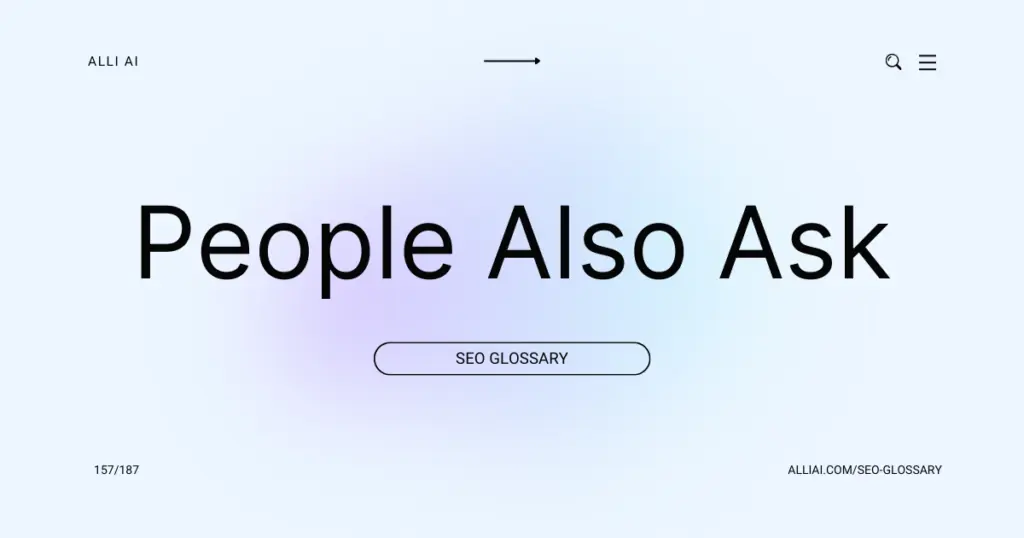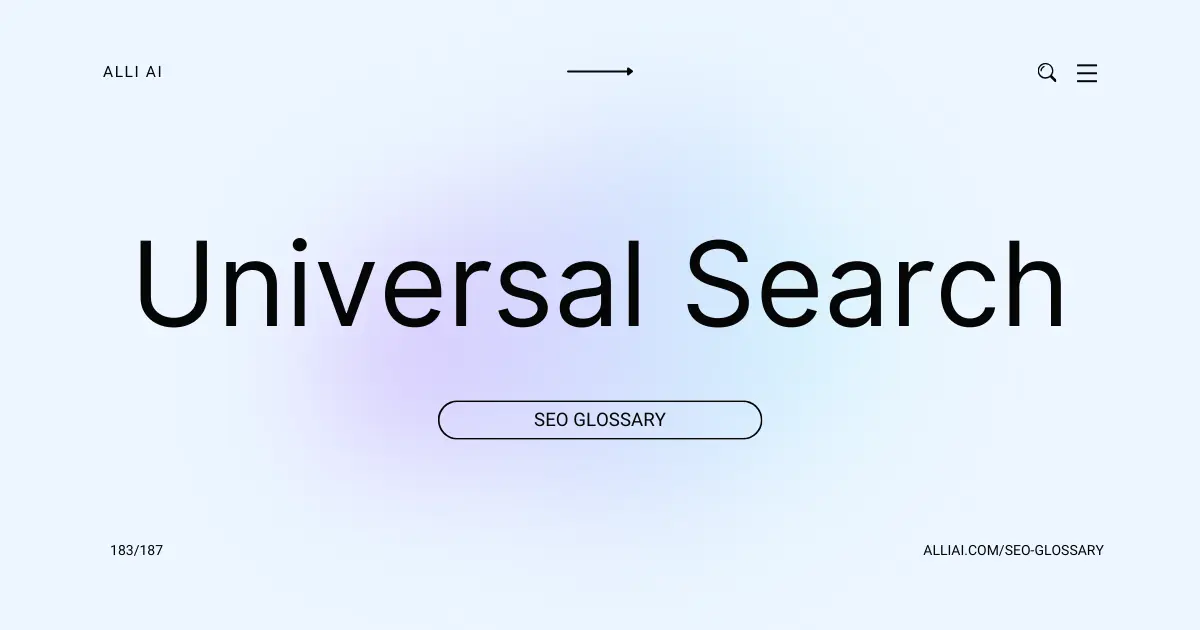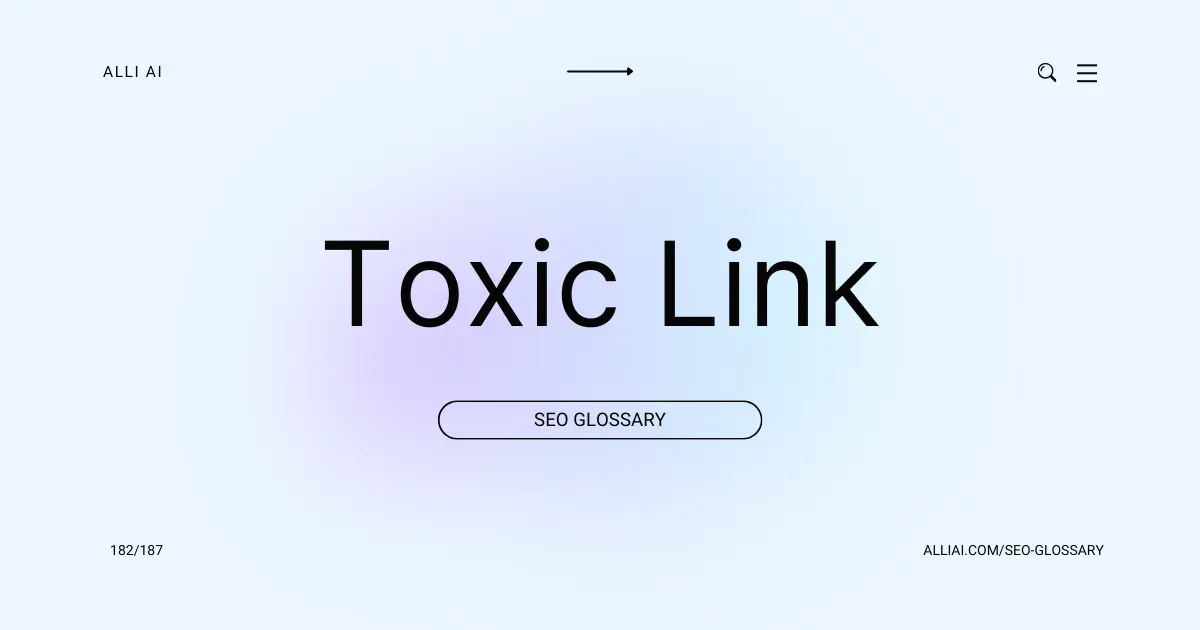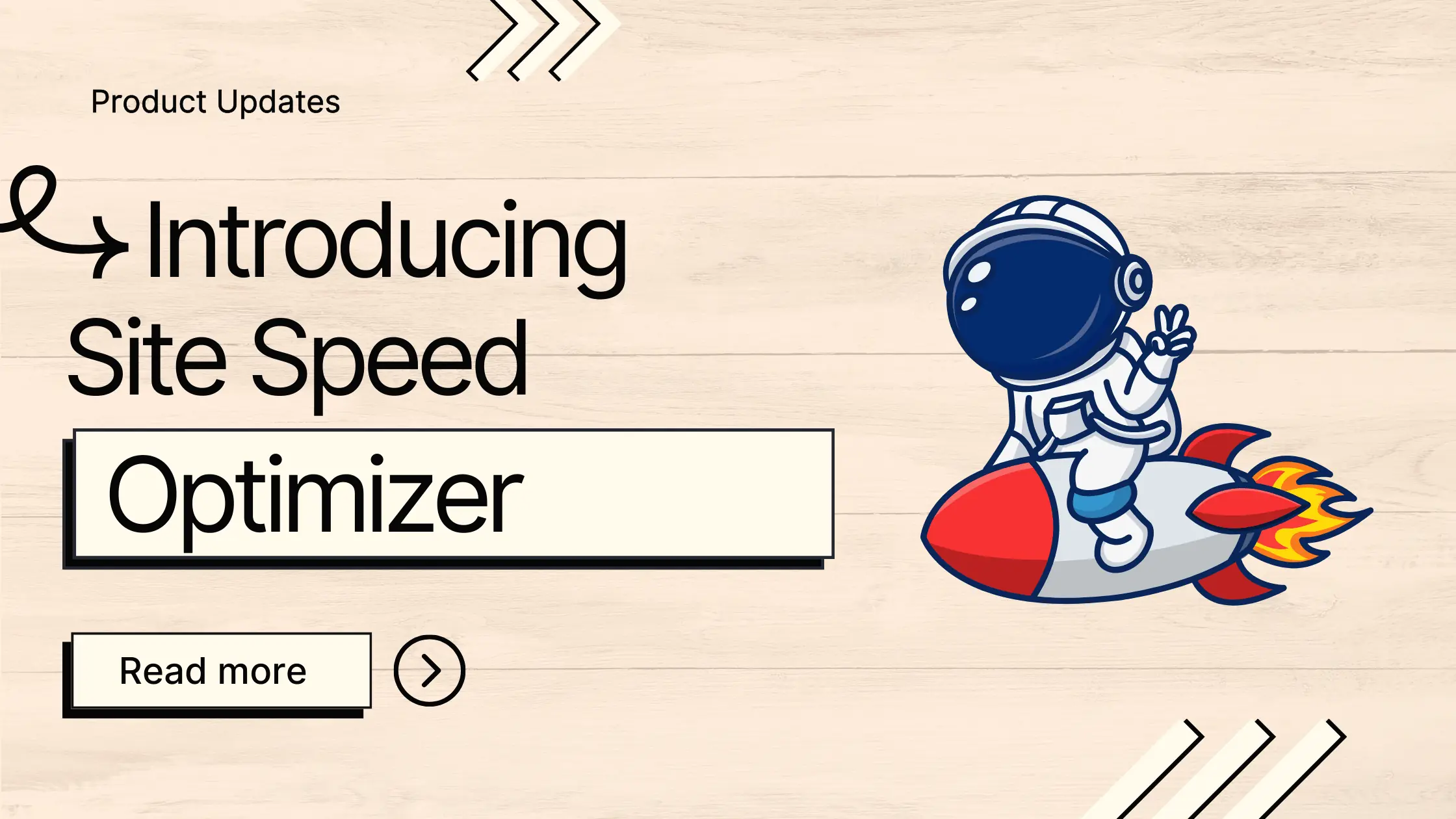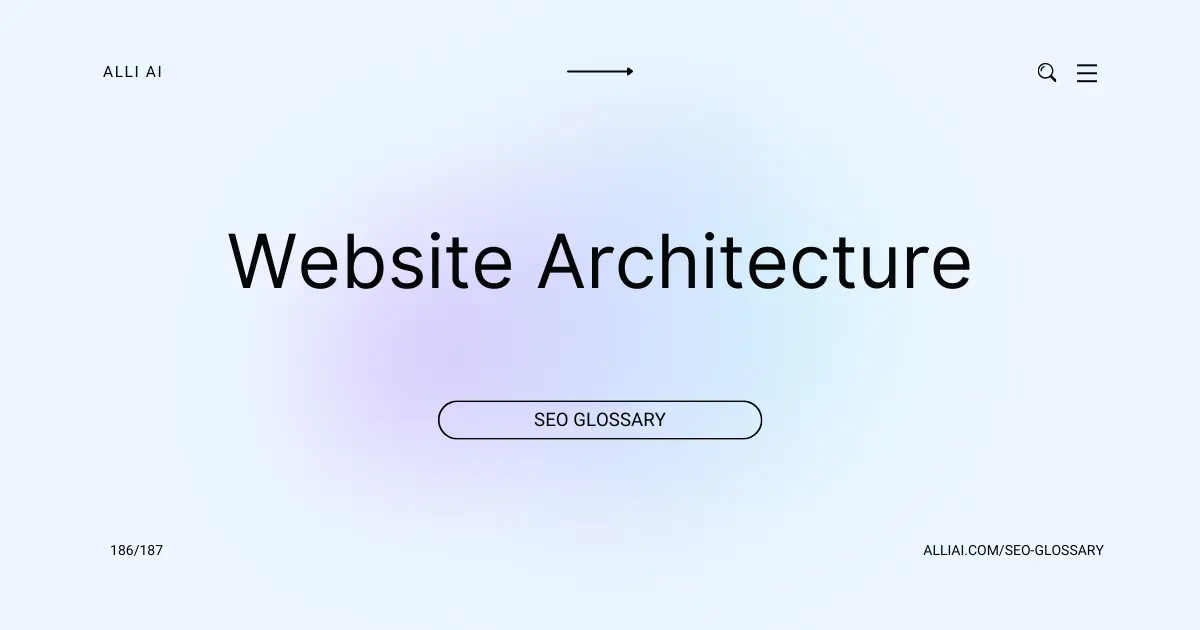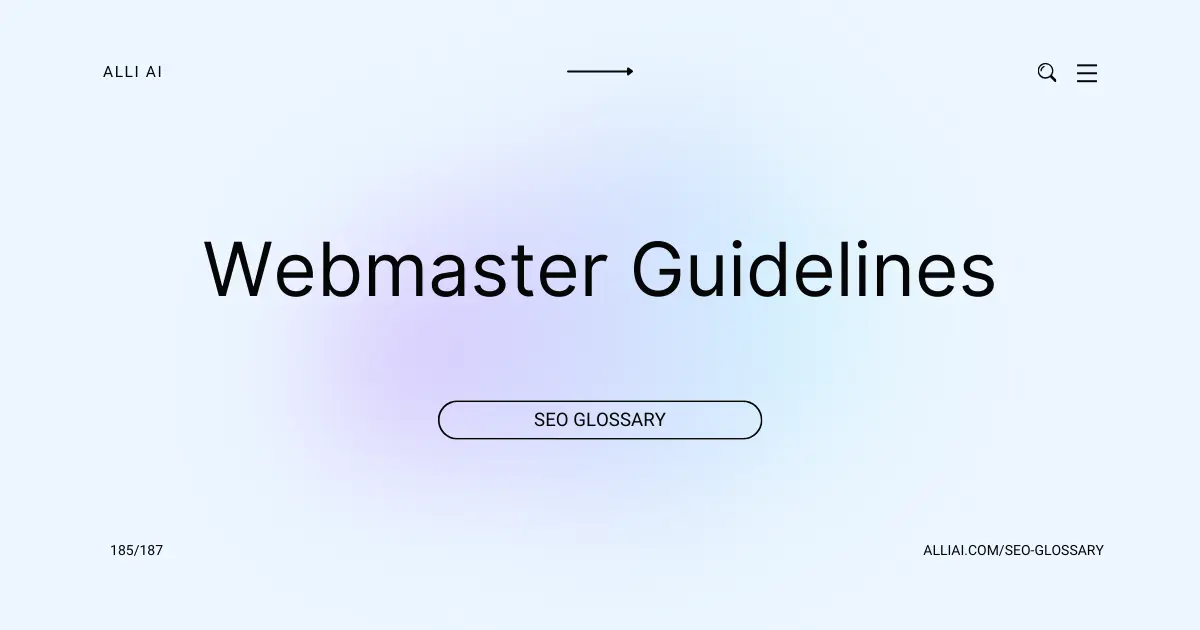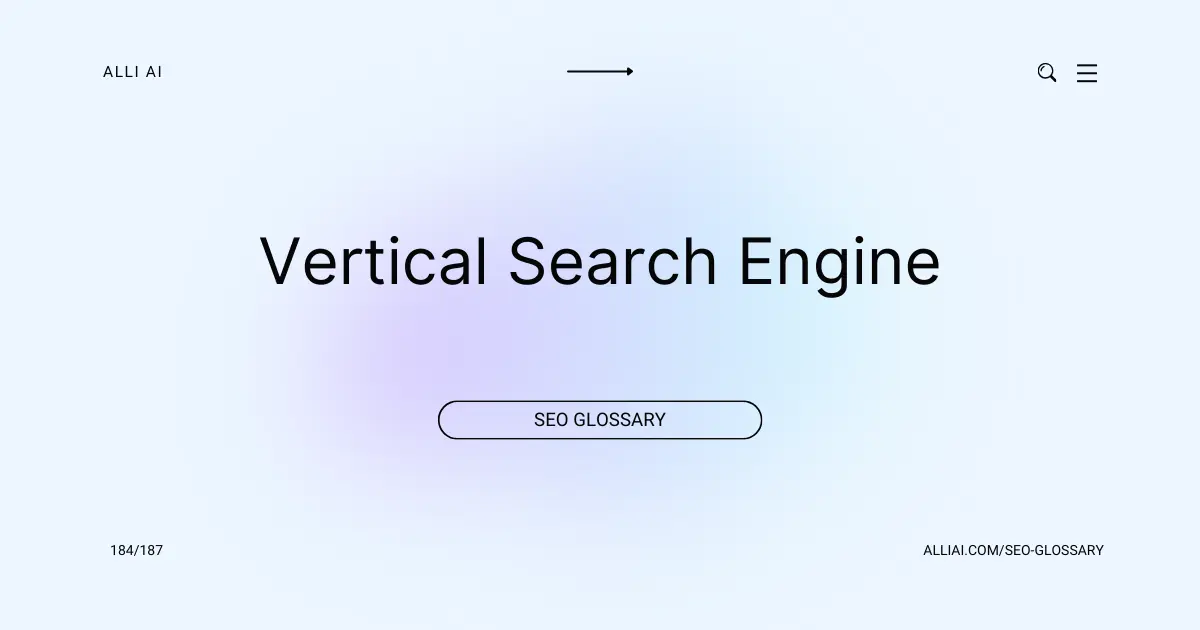What Does People Also Ask (PAA) Mean?
The “People Also Ask” (PAA) is a feature in Google’s search results that shows a list of questions related to the user’s search query. Each question can be clicked on to expand it and reveal an answer, which is typically extracted from a webpage that Google thinks provides relevant information. This feature helps users explore more details and deeper insights about their initial search topic.
Where Does People Also Ask (PAA) Fit Into The Broader SEO Landscape?
People Also Ask (PAA) boxes are a feature in Google’s search engine results pages (SERPs) that provide users with additional questions related to their initial search query. These questions can expand into short snippets that either directly answer the query or provide a brief excerpt from a webpage along with a link to the source.
In SEO, PAA is significant because it presents additional opportunities for visibility in SERPs. By targeting questions that appear in PAA boxes, websites can potentially capture more organic traffic. PAA targeting involves optimizing content to answer specific questions related to primary keywords. This optimization can lead to higher visibility not only in traditional organic listings but also within these dynamically generated question boxes, enhancing overall search presence.
PAA also influences keyword research and content strategy. SEO professionals analyze common questions in PAAs to understand users’ specific needs and pain points, helping to tailor content that addresses these queries. This approach can improve content relevance and user engagement, which are critical factors in SEO.
Furthermore, since PAAs often appear at the top of the search results, they assist in establishing authority and trustworthiness when a website’s answers are featured. This visibility encourages higher click-through rates (CTR) and can directly impact website traffic and performance metrics.
Real Life Analogies or Metaphors to Explain People Also Ask (PAA)
1. People Also Ask (PAA) boxes are like librarians. Just as a librarian might suggest additional books based on the topic you’re interested in, PAA offers additional questions and answers related to your search query.
2. Exploring PAA boxes is akin to pulling on a thread in a sweater. Each question you click unravels more related questions, leading you deeper into the topic.
3. PAA is like a nesting doll. Each question you open reveals more nested questions inside, each related and providing more context to your initial inquiry.
4. Using PAA is like attending a Q&A session after a lecture. As questions get asked, more follow-up questions come up based on the answers given, broadening the discussion.
5. PAA acts as a treasure map; each question leads you closer to the treasure of understanding your initial inquiry more comprehensively. Each click unveils another clue, guiding you through the landscape of related information.
How the People Also Ask (PAA) Functions or is Implemented?
1. Query Understanding: Google determines the specific intent of a user’s search query to provide the most relevant answers.
2. Extraction and Indexing: The algorithm mines data from indexed pages across the web that potentially answer aspects of the user query.
3. Question Generation: Based on the context of the search query, the system automatically generates questions that are frequently asked, related, or potentially useful in clarifying user needs.
4. Answer Selection: For each generated question, Google selects a preview snippet from a web page (generally extracted text thought to best answer the query) that it deems most relevant to the question.
5. Dynamic Loading: PAA boxes are dynamically populated and can expand with new questions based on the interaction of the user with initial PAA questions, providing progressively deeper layers of detail or related topics.
6. Click Analysis: User engagement, such as clicks on specific PAA questions, informs Google about the usefulness of the provided answers and impacts future PAA selections and rankings.
7. Continuous Update: Google constantly updates the PAA feature based on new information, user engagement, and altered search algorithms to improve accuracy and relevance.
Impact People Also Ask (PAA) has on SEO
1. Increased Visibility: PAA boxes often appear near the top of search results, providing additional opportunities for websites to appear on the first page of Google. This increased visibility can lead to more clicks, even if the website isn’t ranked in the top organic positions.
2. Keyword Insights: PAA boxes offer insights into related questions and topics that users are searching for. By addressing these queries on a website, content creators can target a wider range of keywords and user intents.
3. Improved Click-Through Rates (CTR): Featuring in a PAA box can improve a website’s CTR. These boxes draw user attention by directly answering related questions, encouraging more clicks if the content is relevant and satisfying.
4. Enhanced Authority and Trust: Appearing in PAA boxes can establish a website as an authoritative source in its niche. By consistently providing answers that Google deems worthy of featuring, a site can build trust with users.
5. Content Strategy Optimization: Analysis of PAA questions can guide content strategy, prompting the creation of comprehensive, in-depth content that addresses multiple aspects of a topic, meeting the needs of a broader audience.
6. Dwell Time and Engagement: When users find helpful answers in PAA boxes, they may spend more time on the site exploring additional content, positively impacting engagement metrics like bounce rate and dwell time.
7. Indirect Impact on Rankings: While being featured in PAA boxes may not directly improve organic rankings, the indirect benefits of increased visibility, user engagement, and authority can contribute to better overall SEO performance.
8. User Experience: For users, PAA boxes provide quick answers and related contextual information which can enhance the search experience, leading to a positive perception of the site that offered useful information.
SEO Best Practices For People Also Ask (PAA)
1. Identify frequently asked questions related to your topic using tools such as Google’s “People Also Ask”, AnswerThePublic, or Ahrefs.
2. Include these questions verbatim in your content, particularly in H2 or H3 tags for better visibility to search engines.
3. Provide direct, concise, and accurate answers to these questions immediately following the subheadings.
4. Optimize the content around the questions for related keywords without keyword stuffing.
5. Ensure that each answer is structured to provide value and exceed the information found in currently ranking responses.
6. Include relevant images, videos, and infographics that support the answers to these questions.
7. Utilize schema markup, such as FAQ schema, to help search engines understand and index the questions and answers properly.
8. Update your content regularly to ensure that it remains current and continues to address the most relevant and recent questions.
9. Link to authoritative sources to boost credibility and trustworthiness, and provide additional value through external links.
10. Monitor your page’s performance in SERP and tweak as necessary based on engagement metrics and rankings.
Common Mistakes To Avoid
1. Ignoring PAA in Content Strategy: Not including questions from PAA boxes into your content can miss potential traffic opportunities. To avoid this, analyze these questions for keyword insights and content ideas that match your target audience’s interests.
2. Targeting Irrelevant Questions: Including irrelevant PAA questions can dilute your content’s focus and harm user engagement. Ensure that the questions you target are closely aligned with your brand and content goals.
3. Overstuffing Content with Questions: Inserting too many questions from PAA boxes can make content seem unnatural and spammy. Maintain a balance by integrating questions seamlessly into the content, ensuring it still reads well and provides value.
4. Neglecting Question Optimization: Simply copying questions from PAA without optimizing might not yield the best results. Rephrase or expand questions to better suit your content and incorporate relevant keywords for improved SEO.
5. Failing to Update Content Regularly: PAA boxes can change based on trending issues and user behavior. Regularly check and update your content to reflect current and relevant questions to maintain visibility and relevance.
6. Not Using Schema Markup: Skipping schema markup, such as FAQ schema, can reduce the chance of your content appearing in PAA boxes. Implement structured data to help search engines understand and display your content in these features.
7. Ignoring User Intent: Answers that fail to satisfy the underlying user intent of the question can result in high bounce rates and low satisfaction. Ensure that each question is answered thoroughly and clearly in the context that the searcher would expect.
8. Poor Content Quality: Low-quality responses or thin content in answers can hurt both credibility and SEO. Focus on providing detailed, well-researched answers that offer real value to the reader.
9. Lack of Analytical Review: Not monitoring the performance of questions included from PAA can lead to missed opportunities for optimization. Use analytics to track how well these questions are performing and make adjustments as needed.
10. Single-format Content: Relying solely on text answers misses opportunities to engage users who prefer other formats. Include varied content types like videos, infographics, or bulleted lists to cater to different preferences and enhance engagement.
